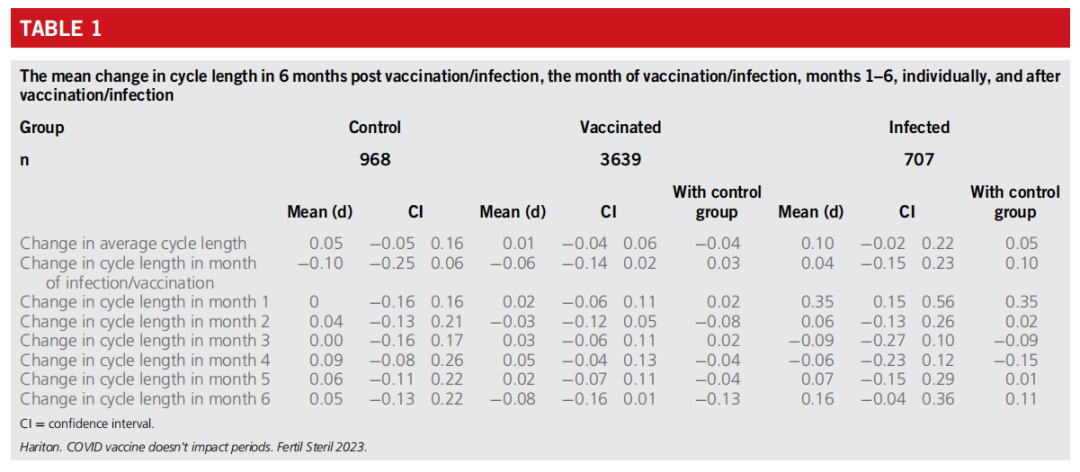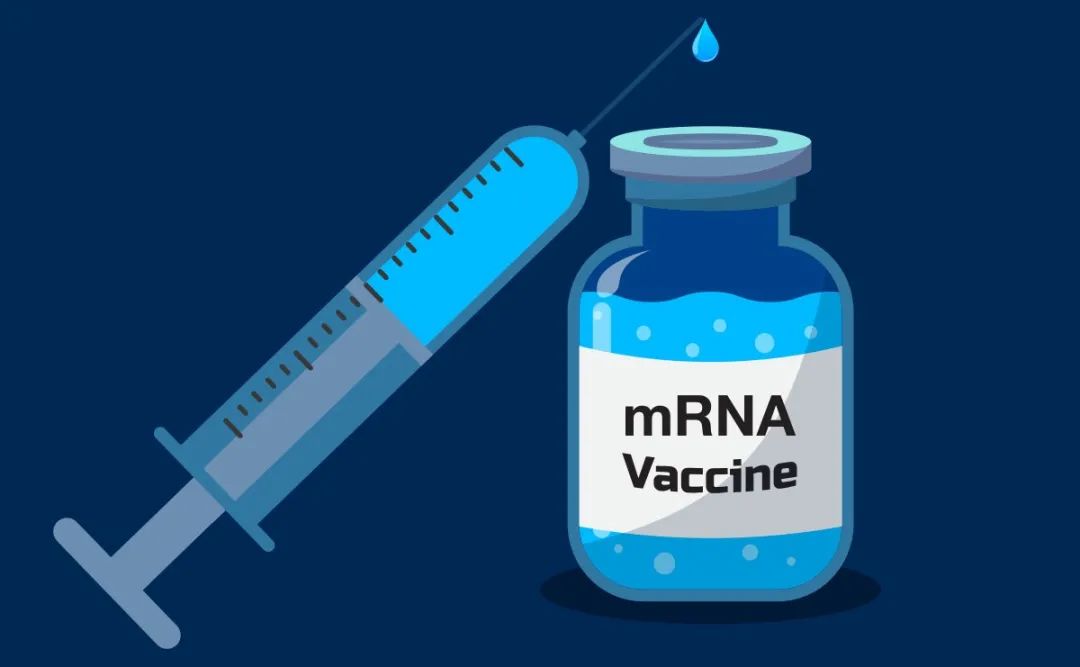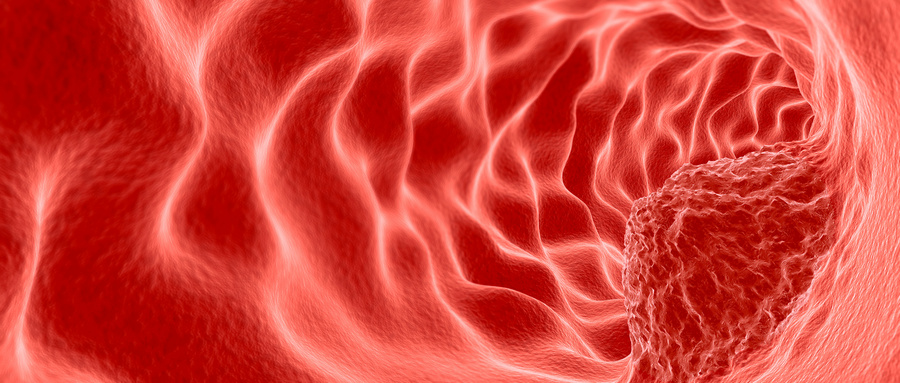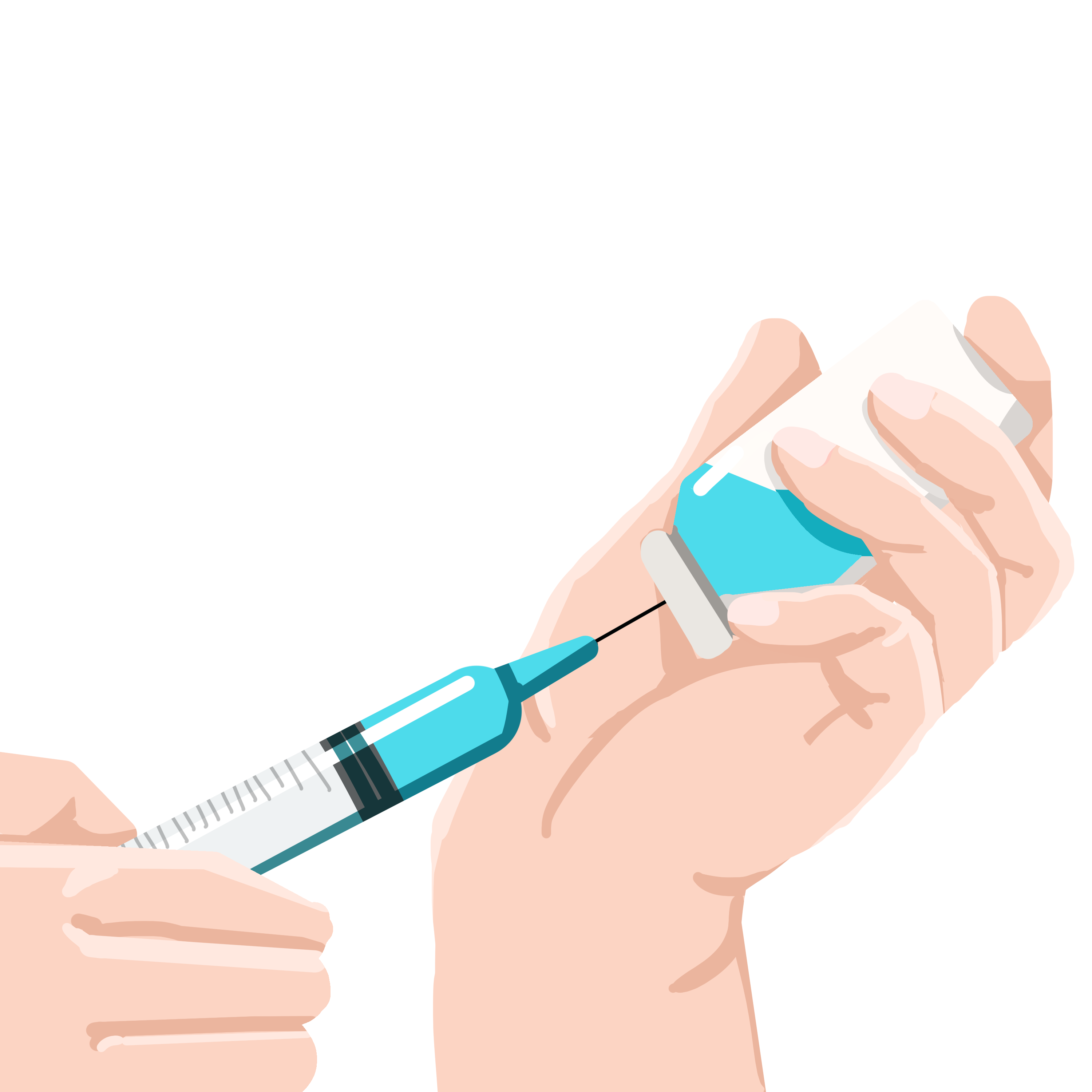新冠病毒感染及疫苗影响转基因吗?5314名参与者的数据分析!
2024-02-03 生殖医学论坛 生殖医学论坛 发表于陕西省
本研究旨在评估接受COVID-19疫苗或经历SARS-CoV-2感染是否影响育龄妇女的月经周期,以及如有影响,其造成月经不规律的持续时间!
近期《Fertility and Sterility》杂志发表了一篇题为《The effect of the coronavirus disease 2019 vaccine and infection on menstrual cycle length: an analysis of 12 months of continuous menstrual cycle data from 5,314 participants》的文章,旨在评估接受COVID-19疫苗或经历SARS-CoV-2感染是否影响育龄妇女的月经周期,以及如有影响,其造成月经不规律的持续时间!
本篇内容由翻译志愿者段鑫医生翻译,蔡贺博士审校,供大家学习交流!
Objective
研究目的
Since the emergence of the coronavirus disease 2019 (COVID-19) pandemic, menstrual cycle changes have been reported in association with severe acute respiratory syndrome coronavirus 2 (SARS-CoV-2) vaccination and infection . Given that vaccine trials did not collect outcomes related to menstrual health, follow-up studies are necessary to evaluate the effect of vaccination on reproductive function. Existing data have shown varied effects of vaccination on menstrual cyclicity with generally limited follow up . The objective of this study was to evaluate whether receiving a COVID-19 vaccine or experiencing a SARS-CoV-2 infection impacted menstrual cycles in women of reproductive age and if so, the duration of menstrual irregularity.
自2019冠状病毒病(covid-19)大流行出现以来,已有报道称月经周期变化与SARS-CoV-2疫苗接种和感染相关。鉴于疫苗试验未收集到与月经健康情况相关的结果,为了评估接种疫苗对生殖功能的影响,有必要进行后续研究。由于随访时间有限,现有的数据显示接种疫苗对月经周期的影响各不相同。本研究的目的是评估接受COVID-19疫苗或经历SARS-CoV-2感染是否影响育龄妇女的月经周期,以及如有影响,其造成月经不规律的持续时间。
Study Design
研究设计
This is a cross-pal, nationwide study of reproductive-age women using the menstrual tracker app “Glow.” All participants were aged 18–55 years and lived in the United States. From March 3, 2022 to July 4, 2022, all users with a minimum of 6 months of continuous logging of menstrual cycles before and after April 2021 were invited to participate. A short questionnaire regarding the vaccination status and previous SARS-CoV-2 exposure was administered. This study was approved by the institutional review board of University of California.
Participants were divided into 3 groups: not infected or vaccinated (control), vaccinated but not infected, and infected but not vaccinated. Paired t tests were performed to evaluate the average cycle length difference in the 6 months before and after each event (vaccination or infection). Participants with cycles of 21–40 days were included. The average menstrual cycle duration in the 6 months before the event was compared with the first cycle after each event. Repeated measures ANOVA was performed to evaluate differences among the 3 groups.
这是一项使用月经追踪应用程序“Glow”对育龄期女性进行的横向、全国性研究。所有的参与者年龄18-55岁,居住在美国。从2022年3月3日至2022年7月4日,邀请2021年4月前后连续记录月经周期至少6个月的所有用户参加。对既往SARS-CoV-2感染和疫苗接种情况进行了简短问卷调查。这项研究得到了加州大学机构审查委员会的批准。
参与者被分成3组:未感染且未接种组(对照组),接种但未感染组,感染但未接种组。配对t检验用于评估每个事件(疫苗接种或感染)前后6个月的平均周期长度差异。包括周期为21—40天的参与者。感染/疫苗接种发生前6个月的平均月经周期持续时间与发生后的第一个周期进行比较。采用重复测量方差分析评价3组间差异。
Results
研究结果
Of 218,977 eligible individuals, 11,617 completed the questionnaire (5.3%). Among them, 1,678 respondents, with less than 6 cycles before vaccination or infection, were excluded, and 696 respondents had inadequate menstrual cycle reporting or recent hormonal birth control use and were similarly excluded. In addition, 3,929 participants, who reported both infection and vaccination, were excluded because we were unable to determine the individual effects of each event on menstrual function (i.e., infection or vaccination), leaving 5,314 participants included in the final analytic sample (45.7%). Demographic information is available in Supplemental Table 1.
Within our cohort, there were no differences in average cycle length in the 6 months preceding or 6 months after vaccination or infection, with similar results observed regardless of age, race, trying to conceive status, or symptoms associated with each event (results not shown). Although participants who reported infection with SARS-CoV-2 were more likely to report a longer first cycle after infection (0.35 days; 95% confidence interval, −0.15 to 0.56) compared with controls, this difference was not clinically significant, and no difference was seen in the month of infection or in 2–6 months after infection (Table 1) . There were no differences in cycle length after vaccination.
在218,977名符合条件的个人中,11,617人完成了问卷调查(5.3%)。其中,排除了1678名在接种疫苗或感染前月经周期少于6个周期的受访者,也同样排除了696名月经周期报告不充分或最近使用激素避孕的受访者。此外,由于williamhill asia 无法确定感染或接种疫苗对月经功能的单独影响,3,929名报告感染且接种疫苗的参与者被排除在外,留下5,314名参与者纳入最终分析样本(45.7%)。人口学资料见补充表1。
在williamhill asia 的队列中,接种疫苗或感染前后6个月的平均周期长度没有差异,无论年龄、种族、试图怀孕状态或与每个事件相关的症状,均观察到相似的结果(结果未显示)。尽管与对照组相比,感染SARS-CoV-2的参与者感染后的第一个月经周期更长 (0.35天;95%置信区间:0.15,0.56),但这种差异没有临床意义,并且感染当月的月经周期和感染后2—6个月没有差异(表1)。疫苗接种前后的月经周期长度没有差异。

Conclusion
结论
In this cohort of reproductive-age women tracking their menstrual cycles, neither receipt of the COVID-19 vaccine nor recent SARS-CoV-2 infection led to meaningful aberrations in menstrual cyclicity. These findings add to the body of literature supporting the preservation of reproductive health after receipt of the COVID-19 vaccine. For patients who experience slight menstrual cycle changes after SARS-CoV-2 infection, these changes appear to be temporary and resolve after 1 menstrual cycle.
The strengths of this study were the use of real-time menstrual tracking data and the large study cohort. Additionally, this study has the longest duration of follow up (6 months) after vaccination or infection compared with any study published to date. Limitations include the low response rate and exclusion of participants because of reporting both vaccination and infection. Although these data are reassuring, future vaccine studies should aim to evaluate menstrual health among their outcomes.
在追踪月经周期的育龄期妇女队列中,无论是接受COVID-19疫苗接种,还是经历SARS-CoV-2感染,都没有造成有意义的月经周期异常。这些发现支持了接受COVID-19疫苗接种后仍能保持生殖健康的文献。对于感染SARS-CoV-2后经历轻微月经周期变化的患者,这些变化是暂时的,在1个月经周期后就会消失。
该研究的优势在于使用了实时月经追踪数据和大型队列研究。此外,与迄今发表的任何研究相比,该研究在接种疫苗或感染后随访时间最长(6个月)。研究的局限性包括低应答率和排除了报告感染且接种疫苗的参与者。尽管这些数据令人放心,但未来的疫苗研究应以评估月经健康为目标。
文章来源:
The effect of the coronavirus disease 2019 vaccine and infection on menstrual cycle length: an analysis of 12 months of continuous menstrual cycle data from 5,314 participants Hariton, Eduardo et al.Fertility and Sterility, Volume 120, Issue 2, 387 - 388
本网站所有内容来源注明为“williamhill asia 医学”或“MedSci原创”的文字、图片和音视频资料,版权均属于williamhill asia 医学所有。非经授权,任何媒体、网站或个人不得转载,授权转载时须注明来源为“williamhill asia 医学”。其它来源的文章系转载文章,或“williamhill asia 号”自媒体发布的文章,仅系出于传递更多信息之目的,本站仅负责审核内容合规,其内容不代表本站立场,本站不负责内容的准确性和版权。如果存在侵权、或不希望被转载的媒体或个人可与williamhill asia 联系,williamhill asia 将立即进行删除处理。
在此留言
















#疫苗# #Covid-19#
54